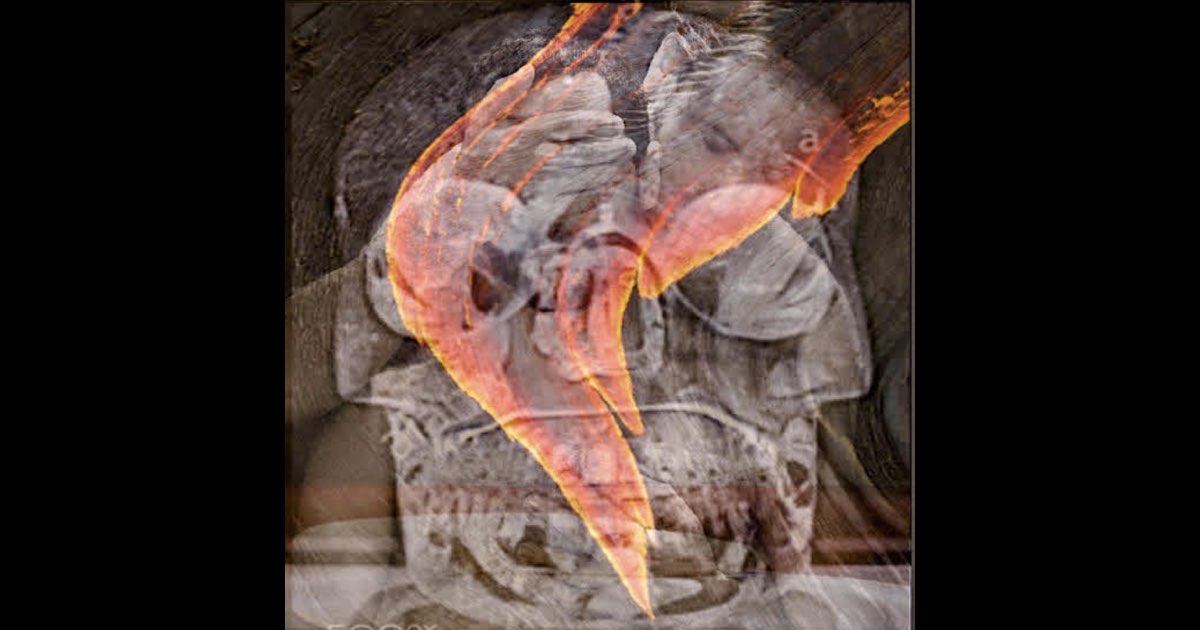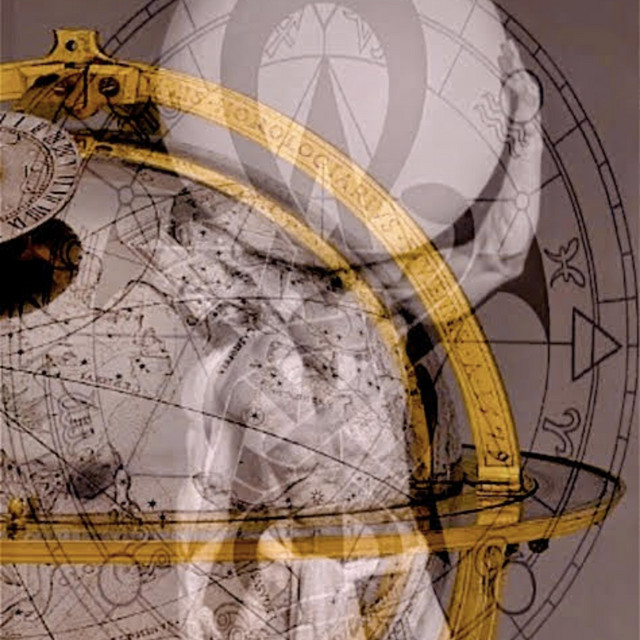New Appalachian inspired French Acadian music soars on World beat music streaming
A bold fusion of Appalachian world music and Acadian storytelling, starkly Dead et le Talkin’ Stick brings forth a raw, unapologetic soundscape.

s Meat Theres Meat out on them BonesThe Unstoppable Rise of Appalachian World Music in the Acadian Diaspora
The growing public consensus is shifting towards an undeniable recognition of Cajun Dead et le Talkin’ Stick as a disruptive and innovative force in contemporary French Canadian music. This project, a bold fusion of Appalachian world music and Acadian storytelling, starkly contrasts the glossy, tourist-friendly representations of Acadian heritage promoted by the cultural elite. While mainstream Acadian festivals and state-funded initiatives continue to emphasize a feel-good narrative of kitchen parties and folk nostalgia, Cajun Dead et le Talkin’ Stick brings forth a raw, unapologetic soundscape that speaks to the lived realities of rural Acadian communities.

With each passing release, the project’s traction among music enthusiasts, historians, and grassroots audiences continues to grow. The data suggests that its trajectory is far from static—it is gaining momentum in underground circles, resonating with audiences disillusioned by the sanitized, oligarch-controlled version of Acadian culture that dominates festival circuits and government-sponsored events. Despite the cultural establishment’s cold shoulder, the music of Cajun Dead et le Talkin’ Stick is carving out an undeniable presence in the broader world music catalogue.

Breaking Free from the Cultural Oligarchy’s Grip, Appalachian Field Holler style
The isolation and lack of institutional support faced by Cajun Dead et le Talkin’ Stick are emblematic of the broader socio-economic struggles rural French Acadian communities endured. In a landscape where the same ten cultural oligarchs dictate the narrative of what constitutes ‘official’ Acadian culture, artists who deviate from the approved script find themselves ghosted, excluded, and silenced. The financial and media backing that flows effortlessly into projects reinforcing the traditional kitchen-party aesthetic is nowhere to be found for initiatives that push the boundaries of expression.
The stark economic realities of these communities—declining job prospects, rising cost of living, and the migration of youth to urban centers—further exacerbate the challenges. Yet, within these hardships, a different kind of artistry emerges—one that does not seek validation from state-funded heritage boards but instead finds its power in grassroots movements, digital distribution, and the organic reach of social media. The music of Cajun Dead et le Talkin’ Stick is not just an alternative to mainstream Acadian representation; it is an urgent cultural intervention.

Where the Project Stands and Where It’s Heading
The numbers don’t lie: the reach of Cajun Dead et le Talkin’ Stick is expanding beyond traditional Acadian music audiences. The growing public consensus suggests that the project is positioning itself at the forefront of a new wave in French Canadian music that embraces hybridity, resistance, and authenticity. While commercial radio and festival organizers may turn a blind eye, the underground circuits, niche digital platforms, and alternative music festivals are welcoming it with open arms.
Where is it heading? The indicators point towards increasing international recognition, particularly within world music circles that appreciate raw, heritage-infused, experimental soundscapes. As the demand for genuine cultural storytelling grows, so does the appeal of Cajun Dead et le Talkin’ Stick. Whether through streaming algorithms, word-of-mouth endorsements, or viral underground performances, the project’s future is one of inevitable expansion, despite the obstacles placed by the cultural gatekeepers.

The Collision of Tradition and Contemporary Realities
For too long, the dominant narrative of Acadian culture has been carefully curated to fit within the confines of government brochures and tourist pamphlets. The mainstream wants Acadian music to be an artifact—something static, something safe, something that can be sold as a postcard experience for visitors looking to indulge in a temporary ‘authentic’ encounter. But Cajun Dead et le Talkin’ Stick refuses to be confined to this mould.
Its music is not a reenactment of the past but an evolving commentary on the present. Fusing Appalachian influences with Acadian storytelling challenges the notion that Acadian culture must remain tethered to its 18th-century roots. Instead, it demonstrates that Acadian identity is dynamic, restless, and deeply tied to the socio-political landscape that continues to shape its people.
As the growing public consensus increasingly recognizes the significance of Cajun Dead et le Talkin’ Stick, pressure mounts on cultural institutions to acknowledge this movement. While the establishment may continue to ignore or marginalize its existence, the people-the true arbiters of cultural relevance—are already making their voices heard.

Same-sex love, Queergrass style
FAQs
1. Why is Cajun Dead et le Talkin’ Stick receiving resistance from mainstream Acadian cultural institutions?
Cajun Dead et le Talkin’ Stick challenges Acadian culture's curated, politically sanctioned version, emphasizing tourist-friendly themes. The ruling cultural oligarchy focuses on maintaining a nostalgic, inoffensive image of Acadian heritage, leaving no room for contemporary, socially conscious music that highlights real-world struggles.
2. How does Cajun Dead et le Talkin’ Stick differ from traditional Acadian music?
Unlike traditional Acadian music, which often revolves around folk nostalgia and celebration themes, this project merges Appalachian and world music influences with Acadian storytelling. It brings a contemporary, raw, and politically charged edge to Acadian music, making it relevant to today’s socio-economic realities.
3. What is the public consensus on Cajun Dead et le Talkin’ Stick?
The public consensus, particularly among grassroots listeners and alternative music communities, is that this project is groundbreaking in French Canadian music. While mainstream institutions may dismiss it, its growing underground following suggests its impact will continue to rise.
4. What are the biggest challenges facing Cajun Dead et le Talkin’ Stick?
The main challenges include a lack of institutional funding, exclusion from mainstream Acadian festivals, and resistance from cultural gatekeepers. Additionally, the socio-economic hardships of rural Acadian communities make it difficult for independent artists to sustain themselves without government backing.
5. What does the future hold for Cajun Dead et le Talkin’ Stick?
The project is gaining traction in underground and international world music circles. As more audiences seek authentic, socially relevant music, the demand for Cajun Dead et le Talkin’ Stick is expected to rise. Its future lies in alternative music festivals, online streaming platforms, and grassroots cultural movements that value genuine artistic expression over institutional approval.






